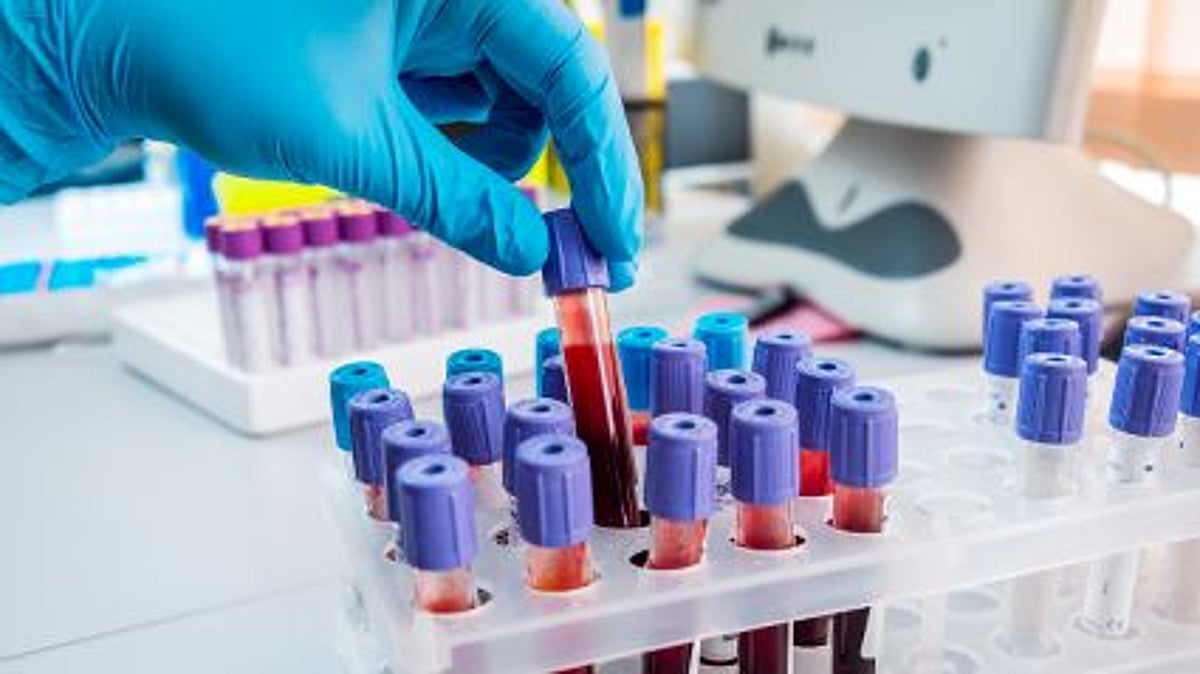Day-of-Injury Biomarkers May Predict Functional Outcome After TBI

THURSDAY, Aug. 11, 2022 (HealthDay News) -- Day-of-injury plasma concentrations of glial fibrillary acidic protein (GFAP) and ubiquitin C-terminal hydrolase L1 (UCH-L1) have good-to-excellent prognostic value for predicting death and unfavorable outcomes among patients with traumatic brain injury (TBI), according to a study published in the September issue of The Lancet Neurology.
Frederick K. Korley, M.D., Ph.D., from the University of Michigan in Ann Arbor, and colleagues enrolled patients from the Transforming Research and Clinical Knowledge in Traumatic Brain Injury observational cohort study to examine the prognostic accuracy of GFAP and UCH-L1 as day-of-injury predictors of functional outcome after TBI. Data were included for 1,696 participants with brain injury.
The researchers found that 7.1, 13.9, 66.9, and 33.1 percent of patients died, had an unfavorable outcome, had incomplete recovery, and recovered fully, respectively. The areas under the curve (AUCs) for GFAP for predicting death, unfavorable outcome, and incomplete recovery at six months were 0.87, 0.86, and 0.62, respectively, for all patients. For UCH-L1, the corresponding AUCs were 0.89, 0.86, and 0.61. Compared with patients with a Glasgow Coma Scale (GCS) score of 13 to 15, those with TBI and a GCS score of 3 to 12 had higher AUCs. Adding GFAP and UCH-L1 (alone or combined) to each of the three International Mission for Prognosis and Analysis of Clinical Trials in traumatic brain injury models increased their AUCs for predicting death and unfavorable outcome among participants with GCS scores of 3 to 12 (AUC ranges, 0.90 to 0.94 and 0.83 to 0.89, respectively).
"Additional studies are needed to evaluate the reproducibility of these findings before broad clinical adoption," the authors write.
Several authors disclosed financial ties to the biopharmaceutical industry.
Abstract/Full Text (subscription or payment may be required)
Editorial (subscription or payment may be required)
Related Posts
Telehealth Navigator Program Ups Video Visit Adherence in Primary Care
MONDAY, Dec. 12, 2022 (HealthDay News) -- A telehealth navigator program is...
Getting Rid of Neck Pain: 6 Ways to Feel Better
WEDNESDAY, June 21, 2023 (HealthDay News) -- The phrase "pain in the neck" is a...
Telemedicine Success Tied to Patient Outcomes in Thoracic Cancer
MONDAY, July 11, 2022 (HealthDay News) -- Telemedicine access is lower among...
CDC Warns That Mpox Could Make a Summer Return
TUESDAY, May 16, 2023 (HealthDay News) -- Public health officials are urging...
